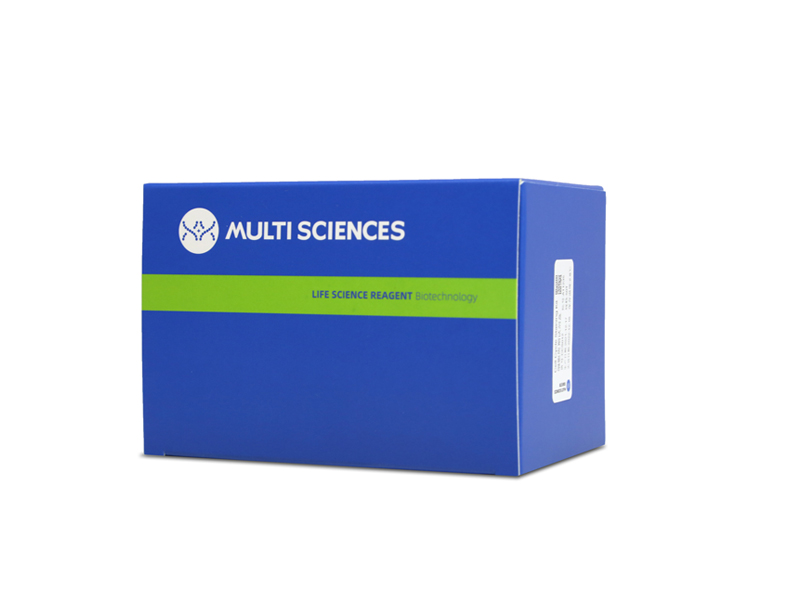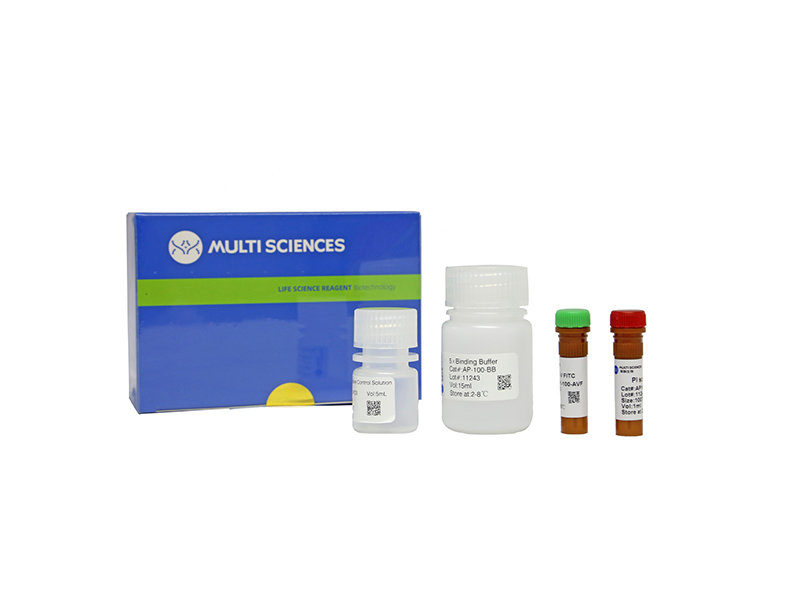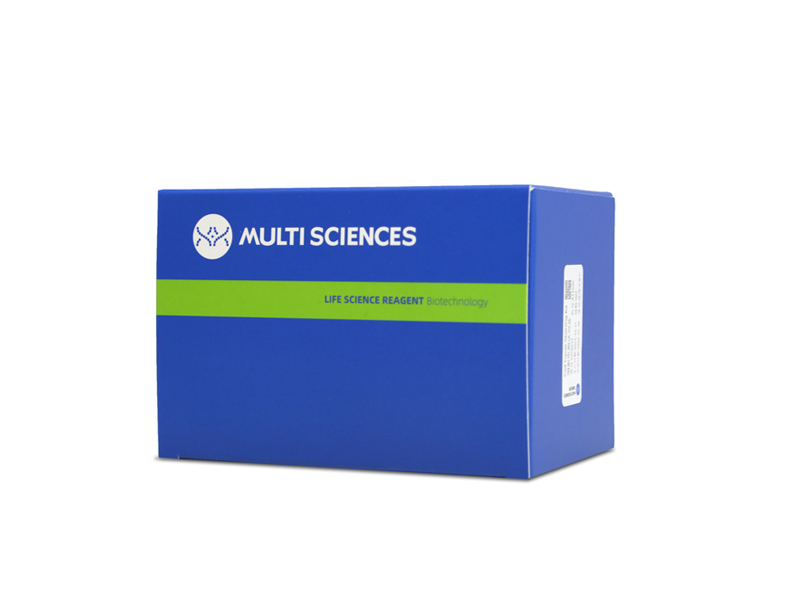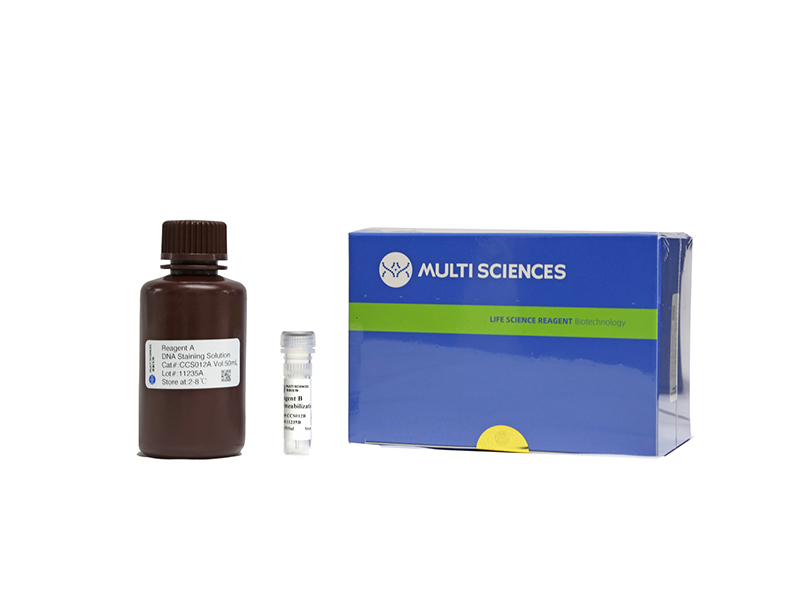Drug resistance and poor treatment response are major obstacles to the effective treatment of acute myeloid leukemia (AML). A deeper understanding of the mechanisms regulating drug resistance and response genes in AML is therefore urgently needed. Our previous research has highlighted the important role of nuclear factor E2-related factor 2 (NRF2) in AML, where it plays a critical role in detoxifying reactive oxygen species and influencing sensitivity to chemotherapy. In this study, we identify a core set of direct NRF2 targets that are involved in ferroptosis, a novel form of cell death. Of particular interest, we find that glutathione peroxidase 4 (GPX4) is a key ferroptosis gene that is consistently upregulated in AML, and high expression of GPX4 is associated with poor prognosis for AML patients. Importantly, simultaneous inhibition of NRF2 with ML385 and GPX4 with FIN56 or RSL3 synergistically targets AML cells, triggering ferroptosis. Treatment with ML385?+?FIN56/RSL3 resulted in a marked reduction in NRF2 and GPX4 expression. Furthermore, NRF2 knockdown enhanced the sensitivity of AML cells to the ferroptosis inducers. Taken together, our results suggest that combination therapy targeting both NRF2 and GPX4 may represent a promising approach for the treatment of AML.
文章引用产品列表
-
- AT107 71 Citations
- 凋亡试剂盒
Annexin V-APC/PI Apoptosis Kit (贴壁细胞专用)
- ¥1,010.00 – ¥2,090.00
-


- CCS01 222 Citations
- 周期试剂盒
Cell Cycle Staining Buffer 细胞周期染色液
- ¥320.00
-
- CCS012 1190 Citations
- 周期试剂盒
Cell Cycle Staining Kit 细胞周期检测试剂盒
- ¥390.00
-
- AP107 88 Citations
- 凋亡试剂盒
Annexin V-APC/PI Apoptosis Kit(细胞凋亡试剂盒)
- ¥780.00 – ¥1,860.00





